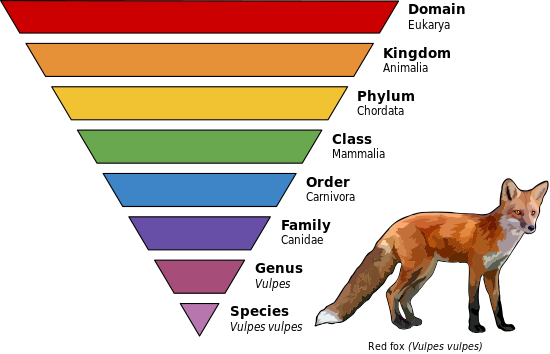We studied the major characteristics of the circulatory and respiratory systems, and how they work in conjunction. We breathe in oxygen, and it travels down into our lungs. As we inhale, the alveoli (tiny sacs in the lungs) expand and gas exchange happens between the alveoli and the capillaries. The oxygen goes into the blood and the pulmonary vein brings back oxygen-rich blood to the heart. It goes through the left atrium, then the left ventricle, which goes through the aorta to the body. Deoxygenated blood comes back from the body through the superior or the inferior vena cava, it then goes through the right atrium, right ventricle, and the pulmonary artery carries it to the lungs. The cycle repeats.
We studied the two parts of the nervous system: the central nervous system and the peripheral nervous system. The CNS includes the brain, the brain stem, and the spinal cord, and it has four parts: the cerebrum, the diencephalon, cerebellum, and the brain stem. Neurons are cells that have three parts: the cell body, the dendrites, and the axon. The stimulus starts at the dendrite, which travels the length of the neuron to the axon terminal and passes between neurons through the synapse.
The endocrine system produces and regulates hormones. The hypothalamus links the endocrine system to the nervous system. The pituitary gland is often called the master gland and controls the other endocrine glands. Some other glands that produce hormones are the thyroid gland, the parathyroid, and the adrenal gland.
In the digestive system, food is broken down mechanically and chemically at all stages of digestion. Food travels down the esophagus and into the stomach. The small intestine absorbs most nutrients, and and solid wastes and water are eliminated in the large intestine.
I want to learn more about the physiology of the different systems in the body, and learn about the ones we didn't cover in this unit.
This is my last blog post this year, and doing this blog has been a great learning experience. I'm really proud of all the unit reflections, and another project I am really proud of is my Genetics Infographic, because we worked on it for a long time and I think it gets the information across in a visually appealing way.
I've grown as a student since August, and reflecting on every unit (such as the Unit 6 Reflection), and writing conclusions and using pictures to reflect on labs has been a great part of the process.





.jpg/220px-Aplysina_archeri_(Stove-pipe_Sponge-pink_variation).jpg)